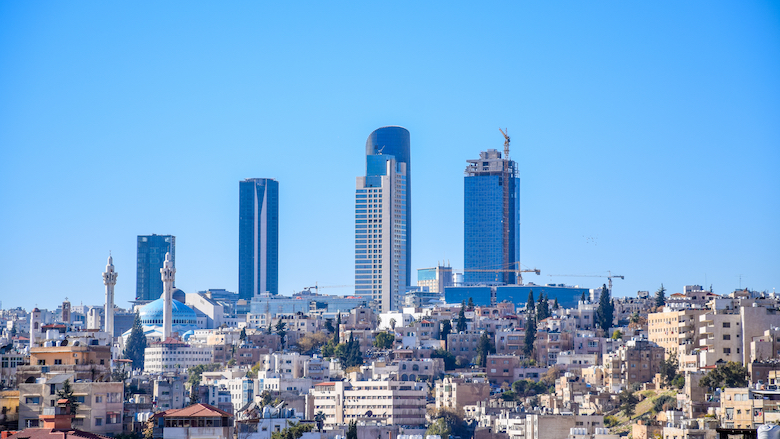Economic activity remained weak in Jordan. Real GDP growth during the first three quarters of 2019 stood at 1.9%, consistent with the trend over the past three years. Headline inflation remained subdued throughout 2019 with growth in consumer prices averaging at 0.8% compared to 4.5% in 2018. Similar trend in prices continued during the first two months of 2020. External sector imbalances narrowed significantly. The current account deficit (CAD) during 9M-2019 declined by almost 60% to US$ 1.08 billion (3.4% of GDP) compared to US$ 2.87 billion (9.3% of GDP) during the same time in 2018. This reduction has been primarily driven by a 15.1% contraction in the country’s trade deficit, particularly in the non-oil trade deficit.
Jordan’s near-term growth prospects has substantially weakened due to the COVID-19 pandemic. Jordan’s economic growth is projected to contract significantly to -3.5% of GDP in 2020. This assessment is assuming significant slowdown in the global and reduced domestic demand during 2020. As 2020 unfolds, a reduction in domestic economic activity is expected to become more intense as social distancing intensifies (full curfew was imposed indefinitely on March 21), having significant negative implications for domestic demand.
The coronavirus pandemic poses an immediate significant downside risk to the global economic recovery and to Jordan’s. This along with this heightened regional uncertainty pose further challenges for Jordanian economy. Given Jordan’s already elevated debt levels, policy responses are constrained by limited fiscal space and a COVID-19-induced sharp drop in capital flows to emerging markets as global risk aversion surges.

